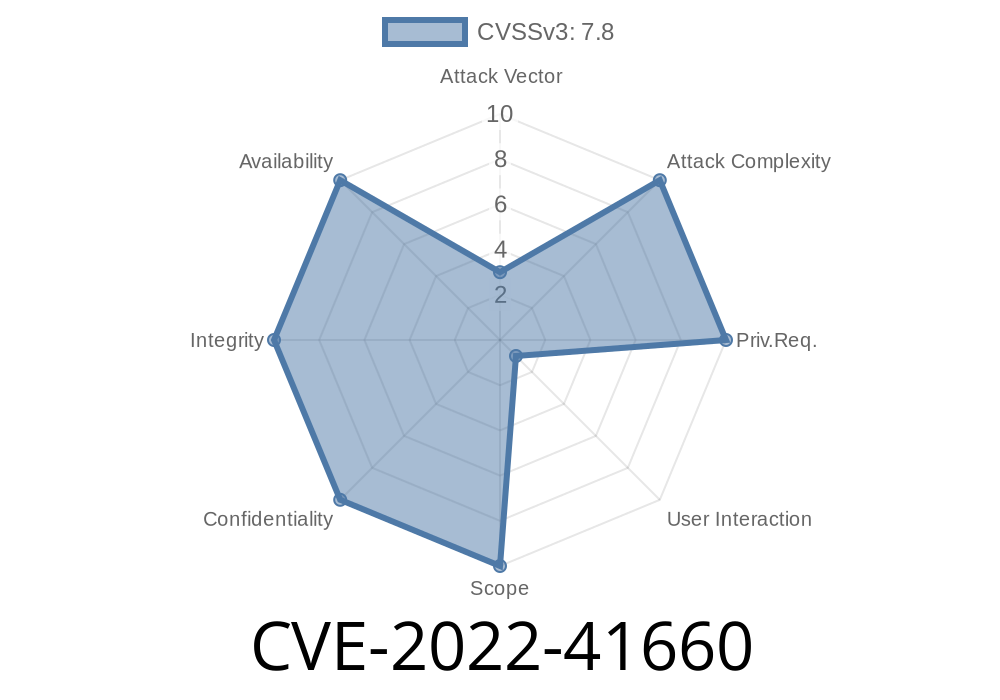A recently discovered vulnerability, identified as CVE-2022-41660, affects several versions of JT2Go and Teamcenter Visualization software. JT2Go, a free 3D viewing application, and Teamcenter Visualization, a visualization and digital mockup tool, are both widely used by companies that require powerful solutions to manage a large volume of data generated in the design and manufacturing processes.
The vulnerability specifically targets a buffer overflow error that occurs when parsing a CGM (Computer Graphics Metafile) file. Successful exploitation of this vulnerability could enable an attacker to remotely execute code in the context of the current process, thereby compromising the security and integrity of the system and the data it manages.
Exploit Details
This vulnerability stems from an out-of-bounds write issue during the parsing of CGM files. When a targeted software application reads a malicious CGM file, it improperly handles the memory allocation which can lead to a buffer overflow error. This malformed CGM file allows an attacker to write arbitrary data to the memory, potentially leading to remote code execution.
Here is a code snippet that demonstrates the vulnerability
// Vulnerable buffer
char buffer[128];
// Malicious CGM data (255 bytes)
unsigned char data[255] = { ... };
// Triggering the vulnerability
memcpy(buffer, data, sizeof(data));
In this example, buffer has only 128 bytes of allocated memory, but the malicious data input has a size of 255 bytes. This causes the memcpy function to write beyond the bounds of the buffer, resulting in a buffer overflow.
Official References
1. JT2Go Security Advisory
2. Teamcenter Visualization Security Advisory
3. CVE-2022-41660
Mitigations
Affected users should immediately update their JT2Go and Teamcenter Visualization software to the latest versions to patch this vulnerability. The updated versions are as follows:
Teamcenter Visualization version V13.3..7, V14...3, or V14.1..4 or later
It is also advisable to avoid opening CGM files from unknown or untrusted sources, as these files could contain malicious content designed to exploit this vulnerability. Organizations should follow best practices for securing their software assets, including regular patching, updating, and monitoring for signs of intrusion.
Conclusion
CVE-2022-41660 is a critical vulnerability in JT2Go and Teamcenter Visualization that could lead to remote code execution if exploited. Users must be aware of this issue and take appropriate measures to secure their systems. Keeping software updated and avoiding suspicious files from unknown sources can minimize the risk of exploitation.
Timeline
Published on: 11/08/2022 11:15:00 UTC
Last modified on: 11/08/2022 16:31:00 UTC
